You might have heard lots about options trading in the news, and even stumbled across stories of people just like you jumping into trading and multiplying their money in no time. Calls and puts, strikes and expirations, premiums, OTM and ITM, you’ve probably heard it all.
If you’ve always wanted to cut to the chase and truly understand options, you’ve come to the right place. We’ll take you through the basics of options trading and help you make sense of how it works, and then show you how you can leverage options strategies to bolster your investment and trading style.
First let's take a look at some of the top options trading Discord communities listed on the Whop marketplace.
🏆 Top 13 Best Options Trading Discord Servers
🥇1. Stock Dads

Stock Dads is one of the top options trading Discord servers on the internet, and there’s several reasons for that. As the name suggests, the group strikes a relaxed but mature tone, and professionalism isn’t just a buzzword for them—the Stock Dads team includes multiple financial professionals, including their own in-house CPAs and CFPs.
One of the main selling points of Stock Dads is that their analysts are some of the very best, and by signing up, you are given access to your own personal mentor to ease your way through the educational side of things as well as to help you with options trading. As if this wasn’t enough, Stock Dads cover plenty of financial instruments beyond just options—they’ve even got separate product options for futures, crypto, and sports betting.
Previously, Stock Dads offered multiple different pricing bundles. Now, everything is now in one complete package - the Dad Bundle. This package includes Options, Futures, Stocks Crypto, and Sports, with real-time trade alerts, daily live trading, education, mentorship, guidance, and community.
The Dad Bundle is $50 per week, $165 per month, $470 per quarter, or $1500 per year.
You can learn more about Stock Dads here.
2. Alpha Market Pro
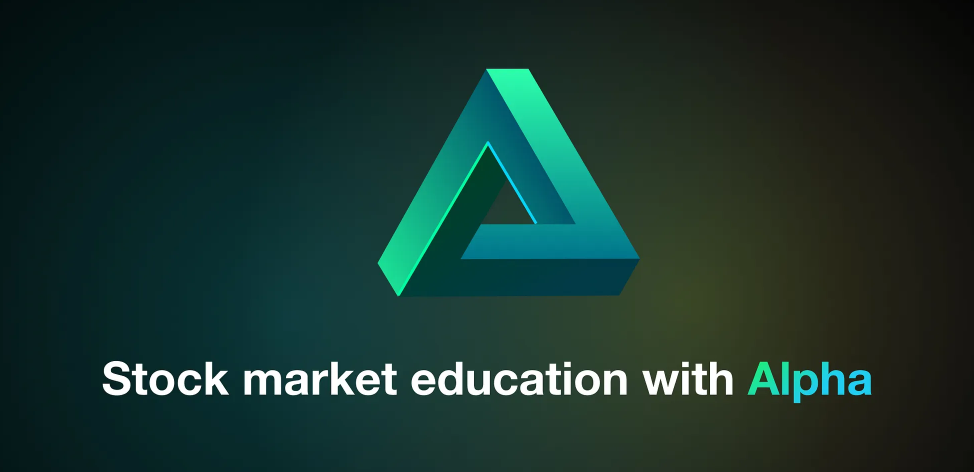
Alpha Market Pro is an options trading Discord server led by Ben C, a well known trading influencer with some serious trading credentials. Through Alpha Market Pro, he’s able to take new and experienced traders alike under his wing with the help of a talented team of mods.
The community hails from all ends of the globe and is always active, providing a place to share and learn 24/7. Joining this group is an investment in that you’ll be gaining the skills and confidence required to become a trader in your own right, and there’s daily alpha being passed down to members around the clock.
Alpha Market Pro has a 7-day free trial where you can check out all that the community offers, and if you decide that it’s worth your time the monthly membership fee only comes in at $79.99 per month.
You can learn more about Alpha Market Pro here.
3. Panda Options
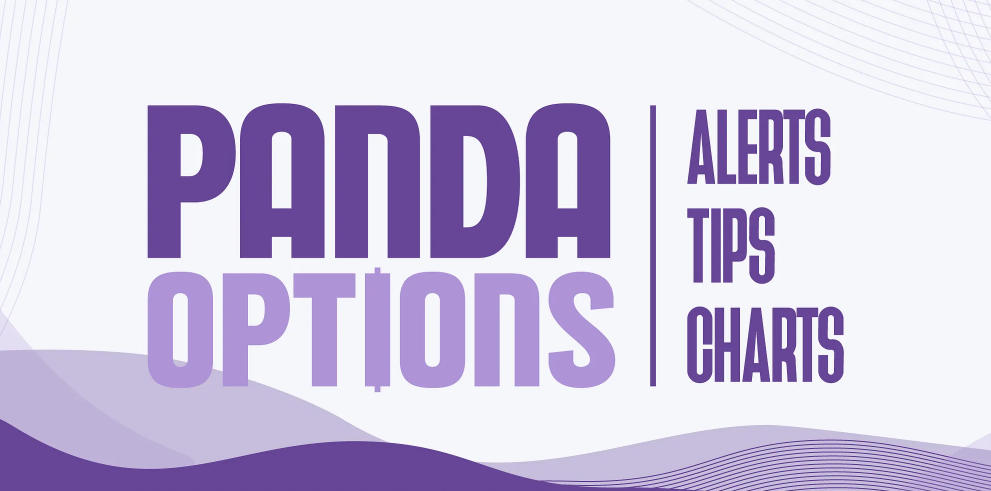
Panda Options is an options-focused trading Discord where members can both follow and learn from the group’s pseudonymous founder, Panda, a highly experienced options trader. The group attempts to find the highest probability setups that the market has to offer, and teaches members the ins and outs of their simple but highly effective strategies.
With Panda Options, you’ll get daily reviews of the market’s action and a detailed analysis of probable setups, followed by alerts and then updates as soon as those setups trigger. If it sounds simple, that’s because it is—Panda is all about that simplicity, and the elimination of unnecessary complexity where possible. You’ll never see charts quite this clean, and their educational content is a breeze to pick up and apply.
When it comes to pricing you have two options to choose from. Panda Pro is $55 per week, $199 per month, or $1700 a year, and all options come with a 2 day free trial. This includes trade alerts, commentary, Swing Trade Algo, daily livestreams, a public chatroom, mentorship, educational content, and trade reviews. It also includes the Futures subscription.
The Futures option comes with key levels and a watchlist, live commentary, and trade reviews. This is priced at $49.99 a month or $535.99 a year. You can also get a 3-day free trial.
You can learn more about Panda Options here.
4. TheDailyTraders
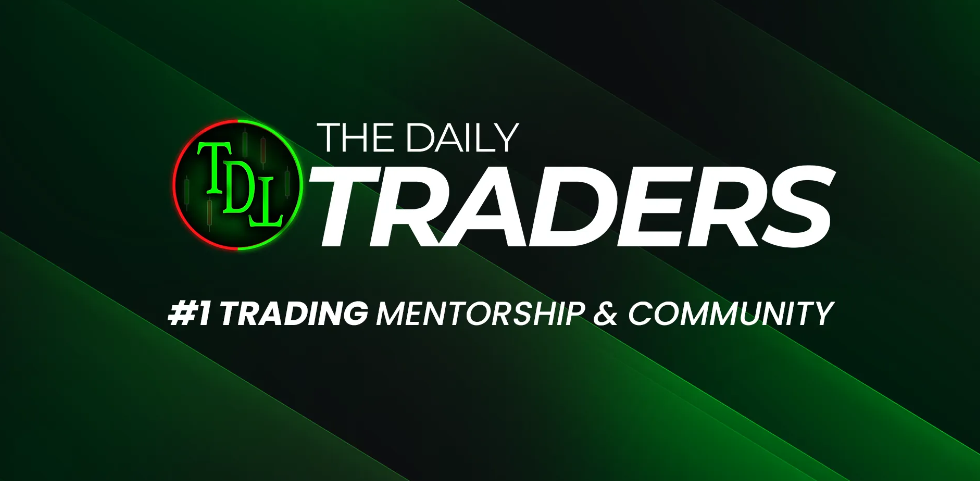
The Daily Traders is an options trading mentorship group and Discord server that’s designed to get you to six or even seven figures and beyond. Led by one of Instagram’s leading day traders, Mark Thomas, The Daily Traders gives you daily options trading coaching but promises results in just a couple of hours versus needing to keep you at your computer for half of the day.
With The Daily Traders, you’ll be getting the training you need to replace your 9-5 with options trading as a primary source of income, and you’ll learn the exact trading system that Mark has used with success. This means full transparency when it comes to how things work, and actionable insights and knowledge that you can deploy every single day at market open.
Best of all, the Daily Traders community is completely free!
You can learn more about The Daily Traders here.
5. Cash Flow University

Cash Flow University advertises a win rate of over 82%, which is impressive given that they’ve also got quantity on their side with at least 4 to 6 daily option trades across their six-strong expert team—and that’s in addition to the analysis and detailed order instructions provided alongside.
With CFU, you’re getting a full course on options trading including interactive webinars, and the ability to watch a team of top traders take on covered calls, iron condors, option spreads and much more.
CFU membership comes in at a $59 a month, $590 a year, or $1749 for lifetime access.
You can learn more about Cash Flow University here.
6. ZTRADEZ Options Trading

ZTRADEZ is an options trading community that brings together over fifteen analysts to cover a variety of asset classes and trading instruments, but options is where they truly shine. You can watch the ZTRADEZ team trade every single day if you join their trading Discord, and get your daily dose of valuable trading insights and recommendations.
The ZTRADES team aren’t just there to demonstrate, however. Any paid member can talk in their voice trading room, and the expert analyst team takes and comprehensively answers questions all day covering topics like credit and debit spreads as well as all of the advanced options strategies.
ZTRADES also deal with equity trades, forex, and crypto, so you can join them based on what exactly you want from the group. The options-only package costs just $50 a month, and you can upgrade to full access for $65 a month. The Forex, Futures, and Crypto package is $45 a month ZTRADEZ also has a Diamond package that adds unlimited 1-on-1 mentoring sessions to the mix, and it costs $599 a year. For lifetime access you pay just $2495 once.
You can learn more about ZTRADEZ here.
7. Owls Options Traders
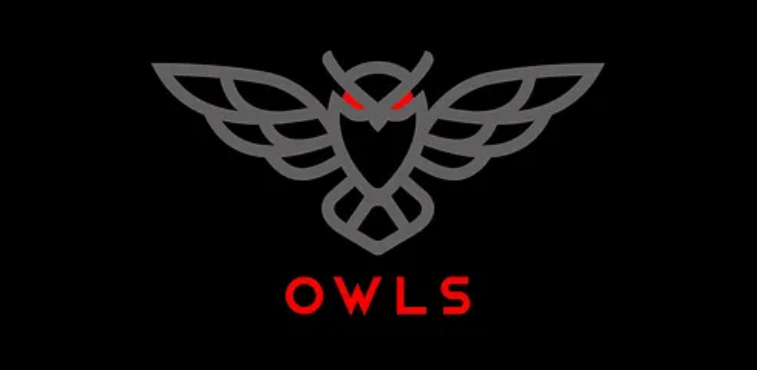
Owls Options Traders aims to redefine options trading with the power of data and information, serving you expert analysis and real-time trade ideas alongside a vibrant, positive community. It’s an ideal place for traders of all levels who are looking to trade smart, and the Discord server is enhanced by custom bots and AI-driven tools.
This is also one of the best groups in the business when it comes to trade alerts, providing entries and exits along with entire trade setups in real time. Members often see multiple signals a day, sometimes even five or more depending on market conditions, and they’re empowered with plenty of training and education beforehand so they know exactly what to expect before jumping in.
Owls Options Traders charges a flat fee of $50 for 4 weeks, which most members expect to make back (with interest!) in just a single trade. You can also lock in for longer, with the 6-month sub priced at $280 and annual membership at $500.
You can learn more about Owls Options Traders here.
8. Stock Hours
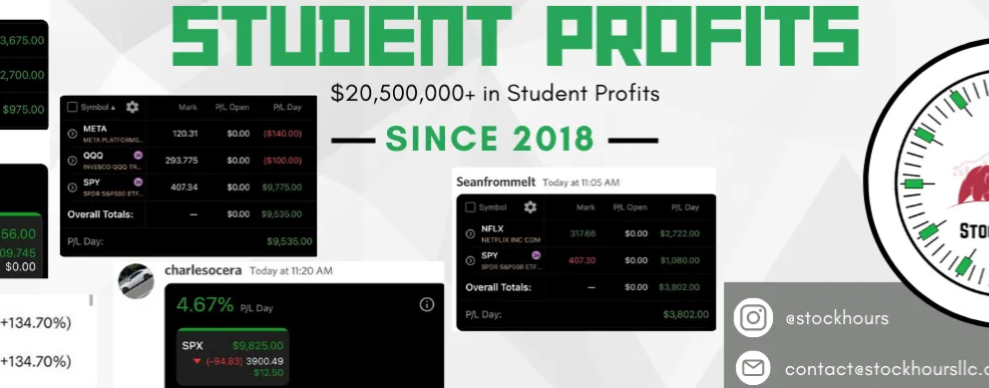
Stock Hours is a top options trading community that has been around for years, and they’ve tallied tens of millions in member profits in that time. Founded by trading influencer Nour “nourtrades” Atta, Stock Hours is an extremely active community, hosting various sessions throughout the day from pre-market reviews all the way to nightly lessons long after the market itself has shuttered.
All of this round-the-clock activity sets Stock Hours apart, but they also offer a vast library of educational resources, featuring ebooks, videos, and a whole catalog of tips and tricks that every trader needs to know. If that’s not enough, you’ve also got plenty of access to the Stock Hours trading team for a more individual learning experience.
The main Stock Hours membership package is the Signals Chat Membership, and this comes in at $199 per month or $499 quarterly. You can also opt for Algo Membership at $49 a month, which gives you the exact algorithm that Nour uses on ThinkOrSwim, ported to TradingView. Want the best of both worlds? That would be Stock Hours’ all-inclusive VIP Bundle at $224.99.
You can learn more about Stock Hours here.
9. Low Key Stonks

Low Key Stonks is an all in one trading Discord featuring options as well as a number of other trading instruments such as stocks, futures, and crypto. A huge community of over 30k members and with the Discord Partner badge to show for it, LKS is a great place to learn about options and get alerts to power up your trades.
With 10+ mentors and over 20 “Notable Traders” providing daily livestreams, there’s value being handed to you no matter when you’re online—although traders looking for options and nothing else would be best suited with following Low Key Stonks closer to traditional market hours. The group also has a unique AI trading bot giving you a look at unusual flow activity, institutional dark pools, and plenty more.
You’ve got a lot of options if you want to join Low Key Stonks, starting at the $50 Gold Plan. This one’s compact and includes everything to do with options, but higher tier plans can definitely give you an edge! Platinum adds order flow-driven analysis and advanced options spread alerts to the mix for just $15 more, for instance, while the higher plans (all the way up to Diamond at $265 a month) keep on upping the ante.
You can learn more about Low Key Stonks here.
10. Spyder Academy
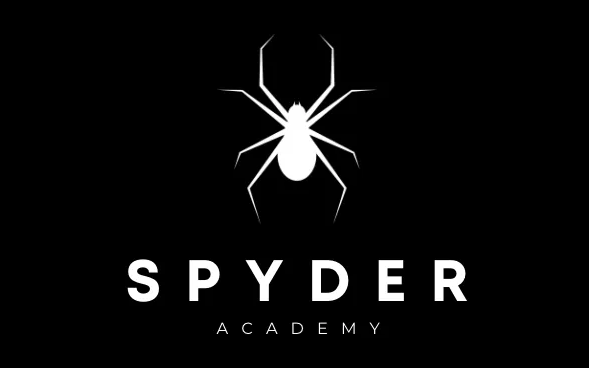
Spyder Academy is a supportive, education-focused options trading Discord community that aims to empower members toward achieving their financial goals. It’s a group that caters to members of all different skill levels, so even if you’re a complete beginner when it comes to options, Spyder Academy will help you build both your skills and your confidence to where they need to be.
In fact, this confidence and the broader psychology of trading is where Spyder Academy excels, instilling the right mindset and helping members master trading psychology while also giving them the key technical fundamentals. All of this is backed up by a star cast of 7 instructors as well as the latest in technology, alerts, and analytics.
Spyder Academy also makes it really easy when it comes to signing up, offering all of their educational resources and coaching under the one product. Called “the Classroom”, it’ll only cost you only $20 a month!
You can learn more about Spyder Academy here.
11. RawStocks

RawStocks is a premium options trading Discord server that provides all-round stock market education along with trade ideas. RawStocks’ mission is to educate members as to the nuances of trading and the stock market, and founder Rustik has an extensive trading background of his own to bring to bear.
One of the key advantages of RawStocks is the fact that you can learn from one of the best, and the Tesla Smart Money Concepts Analysis with options available in this group is a rare gem. The knowledge you can get from this group could well be life-changing, and that isn’t even mentioning the extras such as real-time alerts or trade analysis and breakdowns.
The best part is, you can get a piece of all this for just $25 a month. If you want to buy in for the long term, you can effectively grab two free months with the Annual Premium option of $250. Or, become a lifetime member for $1000.
You can learn more about RawStocks here.
12. EmmanuelTrades University

EmmanuelTrades University is a trading course run by full-time entrepreneur, mentor, and day trader Emmannuel Malyarovich. Emmanuel is well-known for his hands-on instruction and enthusiasm for helping traders of all levels, including those without any prior experience at all.
You can sign up for the EmmanuelTrades University trading course as well as the community for free, giving you a great head start and a foundation in the basics before deciding to go further with more advanced trading concepts like options contracts. Signing up to follow Emmanuel’s daily watchlist and trades is a good first step for just $47 a day, including an insight into strategy as well as entries, stop losses, and exits.
If everything you learn is to your liking, you can spring for Emmanuel’s full course, taking you through a 9-stage A-Z of trading, along with personal progress check-ups and live classes from Emmanuel himself for a single one-time fee of $797.
You can learn more about EmmanuelTrades University here.
13. Patience Trading
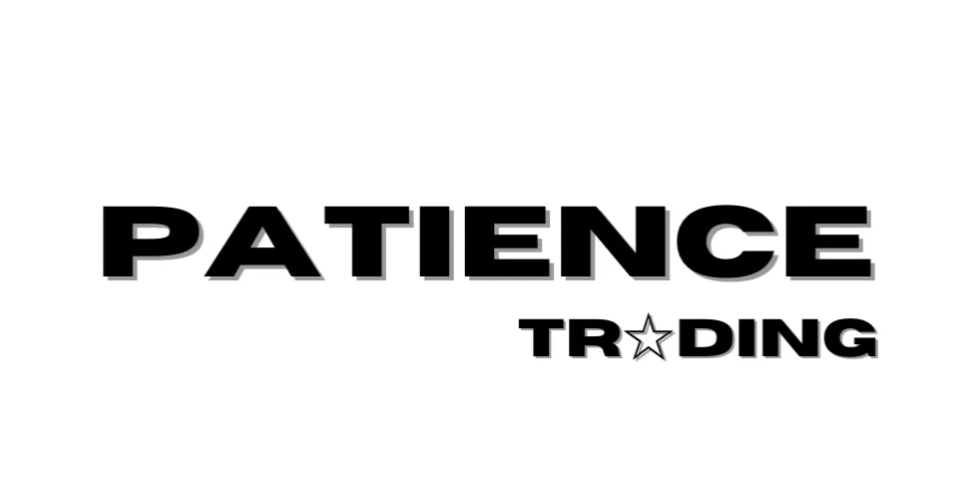
Patience Trading is a day trading and investment server catering to everyone who has an interest in making money and building wealth. The group deals with options, stocks, and crypto, and is run by a group of full-time traders committed to following the best trading practices and principles.
You can expect plenty of transparency with Patience Trading, both in terms of sharing of their own positions as well as what you’ll need to get good—the answer’s right in the name. With plenty of traders already successfully mentored, the group provides some of the best hands-on options trading education in the business.
The group has a free access option if you want to dip a toe in and check their vibe, with membership available on a weekly basis for $15 or monthly at $59.99. You can also save on a couple of months with annual membership at $600, or go all in for lifetime access, priced at just $900.
You can learn more about Patience Trading here.
History of Options Trading
Options are often regarded as a fairly modern concept, but that couldn’t be any further from the truth. Commerce isn’t a new thing, and while the formation of the Chicago Board of Options Exchange (CBOE) in 1973 is regarded as the birth of modern options contracts, options were central to the Dutch Tulip crash of the 1600s.
In fact, the earliest record of options dates back to a 4th century BC tome authored by none other than Greek philosopher Aristotle. In it, he detailed the exploits of Thales of Miletus who had anticipated a bumper olive harvest and made a deal on the rights to use the olive presses in his region.
Thales then sold these rights to merchants for a profit when the harvest came in as he’d expected, marking the first recorded call option in history.
How Does Options Trading Work?
What options trading boils down to is a simple contract with fixed terms. Buying an option gives you the right to buy or sell the asset in question at a determined price point and time in the future, but it’s up to you whether or not to exercise that right.
That determined price point is called the exercise price, or more commonly the strike or strike price. While an option’s strike is one of the main things to consider when entering a position, there’s one other big factor—the premium. You can compare an options premium to a fee charged by your broker in order to cut you in on the trade.
To trade options in the first place, you’ll need a brokerage account with advanced permissions. This isn’t too hard to get because options can be lucrative for both you and the broker. However, while you’re reliant on using your expertise or instincts to get the options trade right, your broker gets paid regardless via the premium.
When your options trade is moving in the right direction at any given time prior to expiry, when the asset price is compared to strike price, it’s referred to as being “in the money” (ITM). That being said, your goal as an options trader is not just to get the trade right but do so in a way that it’s profitable for you even after paying the premium.
On the flip side, if you’ve made a bad bet, you aren’t saddled with the asset at full price—you can simply avoid exercising the option, and limit your losses to the premium you paid. Traders usually let losing, or “out of the money” (OTM) contracts expire in this manner, although it’s possible to exercise them at a loss if you give your broker a call.
It’s also important to know that options contracts tend to use units of 100 shares. So, while you can buy shares in smaller numbers than that, referred to as odd lots, a single options contract always refers to a round lot of 100 shares.
Types of Options
Options trading features a lot of strategies, and finance professionals have had years to invent all sorts of lucrative and complex ways to make money off the movement of an asset. However, all of that comes down to two main types of options known as call options and put options.
Call Options
Calls are perhaps the best known type of option and the easiest to understand because they only rely on the price of the underlying asset increasing. The strike price represents the price point in the future at which you can buy the asset, so if the asset increases beyond your strike, you’re getting a great deal when you exercise it.
Buying shares is most investors’ gateway to trading, and call options offer two alternatives: they can be used as a low risk way to enter a long position at a later date, or a high risk way to make far more money from bullish market conditions than simply buying a stock.
For example, with a trading budget of $10,000 you could buy 75 shares of Google’s parent company Alphabet Inc. at a price of $132. If Alphabet stock were to hit 150 in a month’s time, your position will have gained $18 a share, or a total of $1350.
Not bad for a month’s work, but traders tend to consider several other factors here. On the one hand, there’s no guarantee that Alphabet stock is going to go up quite that much across a month. In fact, that’s the sort of gain you’d hope for across a 12 month period, not a 1 month period. The stock could also drop, and while unlikely in this case, stocks can go to zero and wipe out entire positions.
On the other hand, there’s also the potential returns if you put that $10,000 into calls on Alphabet rather than shares. Let’s say your broker charges you a premium of $5 per share (or $500 per contract, since a contract entails 100 shares) with a strike price of $135. Your $10,000 can therefore buy 20 call option contracts.
Now, if the stock rises to $150, your call options are ITM to the tune of $15 per share. This isn’t as much per share as if you’d simply bought the stock, but the fact that you’re dealing in contracts means that you don’t just have 75 shares, you have 20 contracts of a hundred each. Your profit, therefore, is a staggering $30,000.
Of course, going all-in with your entire budget on call options is a good way to end up posting “loss porn” on forums like Reddit’s Wallstreetbets. This is because the stock could always drop or simply fail to reach your strike, making your options completely worthless. If you buy the stock rather than options, you’d own the shares and could liquidate your position at a loss, break even, or even make a small profit.
Put Options
Put options are the reverse of call options in that they give you the option to sell a share at a set price in the future, thereby allowing you to profit from the decline in price of an asset or downward market movement.
Let’s take Apple in this case. If you believe today’s share price of $195 is quite steep but don’t want to resort to short selling, you can buy puts on Apple instead. If you purchase them at a strike of $190 for a dollar per share, you’re going to be seeing significant profits the moment the stock dips below $189.
Given that put contracts also represent 100 shares, just like call options, you can really start to rack up a profit if you’re willing to risk your premium. It’s arguable that puts aren’t as profitable as calls because the asset prices can’t go lower than zero (but they can increase to many times their initial value) but it’s a far safer bearish option than short selling.
Commonly Used Options Strategies
Now that you’ve got a good grasp of what put and call options are, you might be starting to see how they can round out trading and investment strategies. Let’s take a look at some ways to make options work even better for you!
Protective Puts
Protective puts are often likened to insurance in that they can work hand-in-hand with a long position to preserve your portfolio’s value.
Let’s say you own 1000 shares of a fundamentally risky stock like AMC and, while you have hopes for positive movement, are worried about downside risk. At today’s share price of $4.64, that’s a portfolio value of $4640.
Since you own 1000 shares, you can buy 10 put contracts that give you the right, but not the obligation, to sell your AMC shares if the price drops to a certain level. OTM Puts for a strike of $4.50, for instance, will set you back a premium of around $0.36 per share.
So, for $360, you can buy protective puts that cover your entire AMC portfolio. Come expiration date, if the price of AMC drops to $3, your stock portfolio will be down to $3000 in value but your 10 put contracts will be worth $1500. You’re still slightly down from where you started, but the $360 put option premium protected a significant amount of your capital.
Covered Calls
While a protective put is good insurance if you’re worried the value of your held stocks are going to fall, you might have a more neutral view of the market from time to time. That’s the sort of situation where covered calls truly shine.
In this case, let’s assume that you own 100 shares of Amazon, currently priced at $132 each. If you don’t expect too much volatility in the near future, you could write (another way to describe selling) a call option on your shares.
We’ve only looked at buying options previously, but writing or selling options means that you’re the one collecting the option premium while handing your counterparty the right to exercise the option.
Let’s say you sell a single call contract representing your 100 Amazon shares for a premium of $100, or $1 per share, with a strike of $140. What this means is that as long as Amazon doesn’t move above that $140 mark before expiration, you can pocket the $100!
If you write the calls concurrently with buying the shares, you can also regard this as a reduction of your cost basis rather than a form of income. Either way, you’re better off than just holding the shares—as long as the options you sell don’t go ITM. If they do, you lose out on gains from any appreciation beyond the strike price.
Straddles
In complete contrast to covered calls, what if you’re sure that your stocks are going to be volatile but aren’t sure which way they’ll move? You can bet on the volatility itself and profit from either direction using a strategy called a straddle or long straddle.
Retail investor favorite GameStop is an excellent example for this one, given that it’s been one of the most volatile stocks in the past couple of years. If you think this trend is set to continue, you can take advantage by buying both a call and a put option on $GME.
With the stock currently priced at around $22, you can purchase both options “at the money” (ATM), or at the same price as the current trading value, for around $0.60 each. This means that the moment GameStop dips below $20.80 or rises past $23.20 you’re going to be in profit, and the most you can lose is your net premium of $120.
Intermediate Options Strategies
Even though the basic options such as calls and puts are complex financial products in their own right, strategies such as covered calls and straddles are merely the tip of the iceberg. Here are a few more options trading plays that you can bring to bear as you get more and more familiar with the game:
- Married puts: Sometimes called synthetic calls, you can set up a married put by covering your long position in a stock with ATM put options. It can protect you against unexpected downward movement in a traditionally stable stock, but premiums can be quite expensive since the options are purchased at the money. It’s not the sort of strategy you’d use if you are investing over the long term, but can be great insurance if you’re a short term trader looking to protect a bullish position.
- Protective collar: A combination of protective put and covered call, you can use the protective collar strategy as a cheap way to protect against downside risk since the premiums from the covered call can pay for the put. Both options are OTM and have the same expiration date, with the call’s strike dictating the cap on gains and the put’s strike providing a protective floor.
- Vertical spreads: If you’re anticipating moderate price movement in a particular direction, you can use bull call spreads or bear put spreads to maximize gains at minimum cost. This is accomplished, in the case of a bull spread, by buying calls at a certain strike and selling calls at a higher price. This reduces the net premium while also limiting upside, but that’s exactly right for moderate movement.
- Strangles: Just like straddles, but rather than purchasing ATM options, you’re going for OTM contracts instead. This means that you need a lot of volatility to make serious money, but at the same time the premiums are a lot cheaper.
There are even more complicated strategies out there, such as combining a bull spread and a bear spread to create a butterfly spread, but all strategies come down to an understanding of market fundamentals and a nose for where asset prices are going. Once you’ve got a hypothesis in mind, creating a strategy becomes easy.
How to Trade Options
Even if you feel that you’re now an expert in options trading, you can’t actually get out there and do it without a broker who’s willing to let you. Most brokers are required to perform checks on their clients, and many tend to set options permission at different levels of both knowledge and trading capital.
The most basic level of options trading tends to include protective puts and covered calls. This is because you’ve already paid for and own the assets subject to the options contracts, and the broker is exposed to minimum risk.
The next level involves calls and puts, along with simpler strategies derived from them. The main reason these are at a higher level is because you’re looking to trade options without owning the assets—but options are contracts, so it’s your broker who’s on the hook for delivery.
The highest level of options trading tends to be reserved for infinite loss instruments, such as naked, or uncovered, options. You may have heard of naked shorting, and naked options are similar in that the seller of the option doesn’t actually own the asset required to fulfill the contract.
So, if you want to trade options you’ll have to sign up with a sophisticated broker and then get the relevant permissions sorted out before you can dive in.
Key Takeaways
Options are derivative contracts that can be used by traders to refine trading strategies and establish positions that their appetites for risk and reward cater best to. All options are based on the price of an underlying security, and include a specific strike price and expiration date.
Trading options is usually regarded as a complicated endeavor but with an understanding of the fundamentals, it’s easy to craft a strategy that works for you.
While some options strategies can be quite risky (and extremely rewarding) it's arguable that options are equally useful for complimenting more traditional investment approaches by generating additional income or providing insurance against downside risk.
Check Out Whop
Whatever options trading strategies interest you, don’t forget to have a look at Whop, where you can find lots of great communities to join in order to discuss and fine-tune those options strategies even further.
![Top 13 Best Options Trading Discord Servers [October 2024]](/blog/content/images/size/w600/2024/05/Top-12-Best-Options-Trading-Discord-Servers-2024.webp)


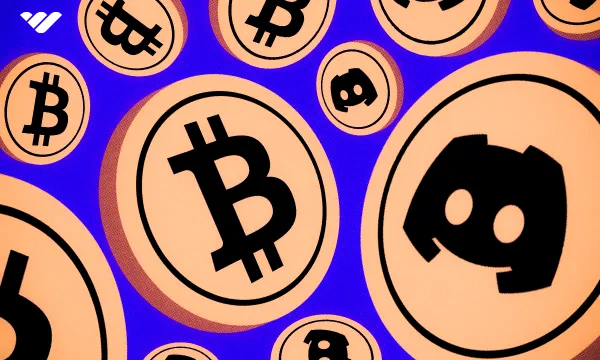
![Top 24 Best Trading Discord Servers [October 2024]](/blog/content/images/size/w600/2023/08/trading-discord-servers-large.png)
![Top 19 Best Forex Trading Discord Servers [2024]](/blog/content/images/size/w600/2024/05/Top-X-Best-Forex-Discord-Servers.webp)